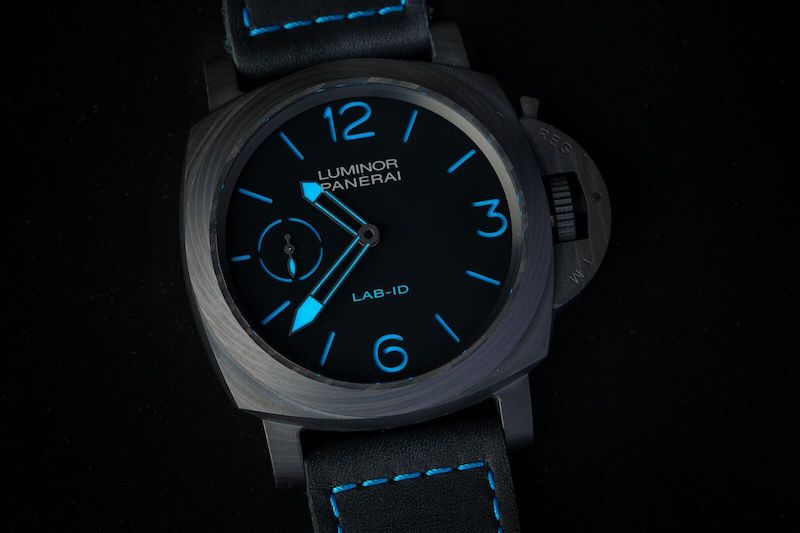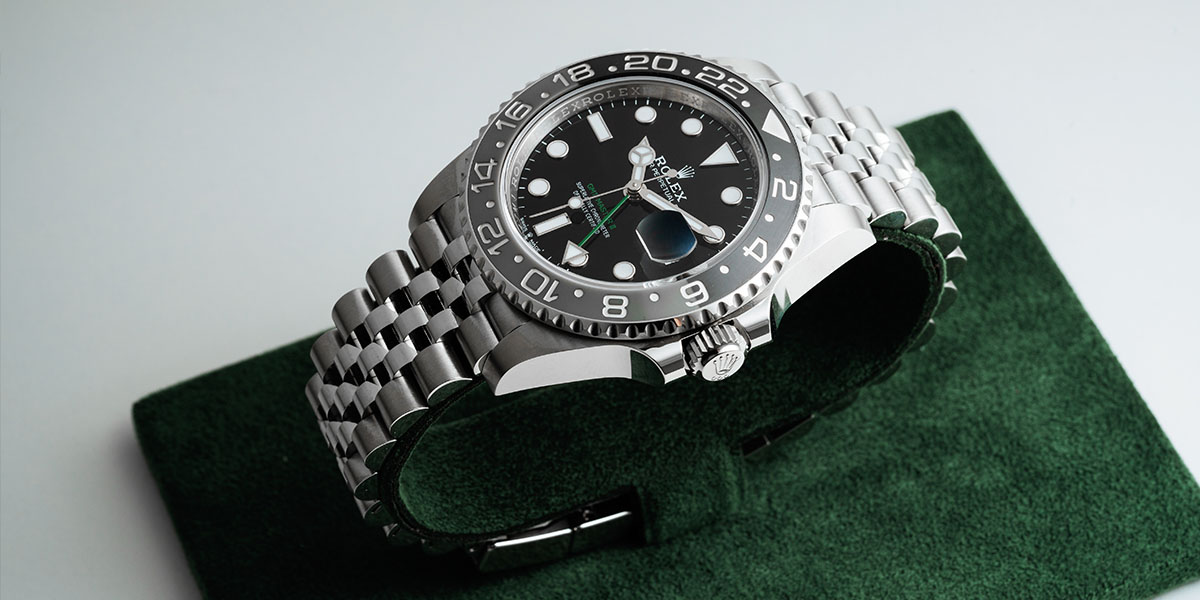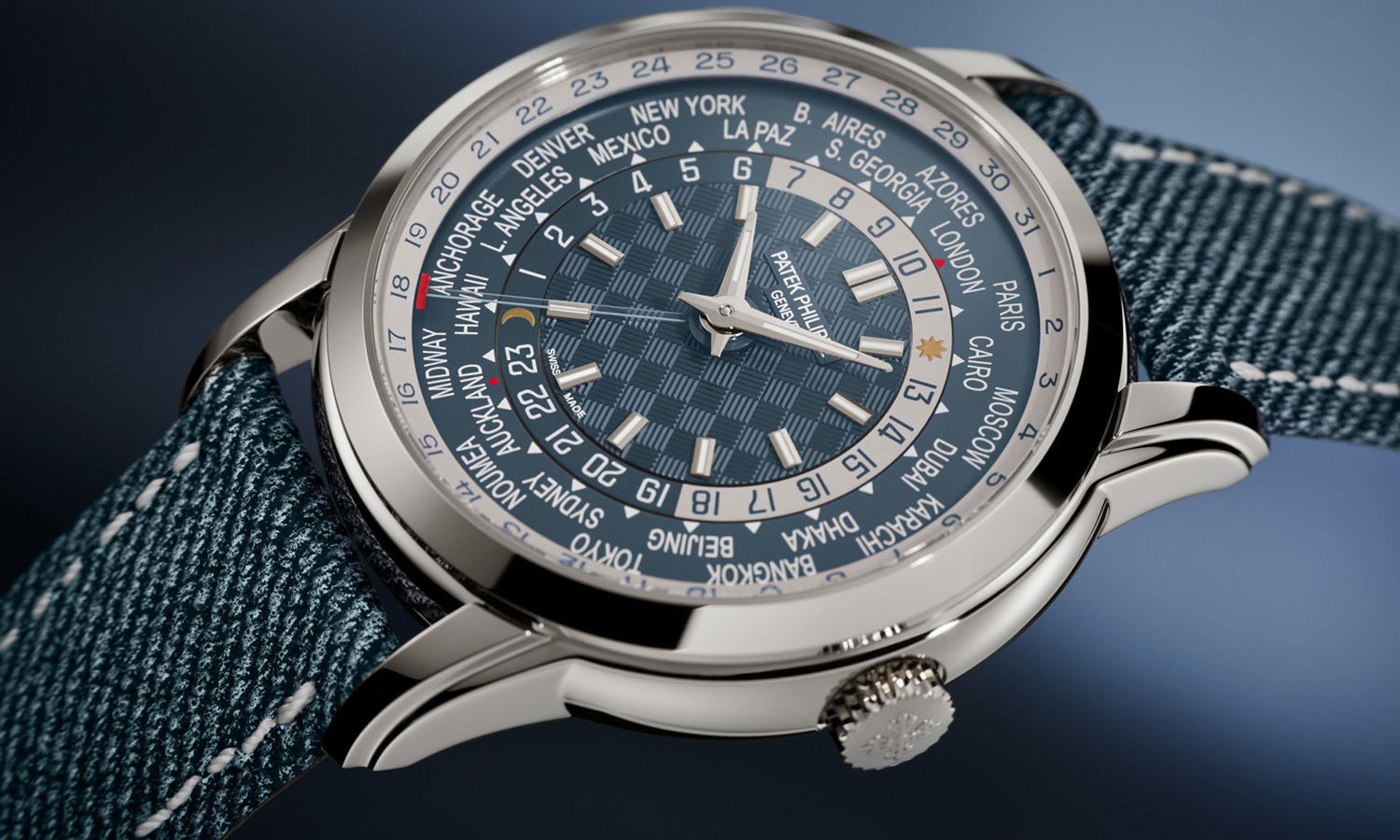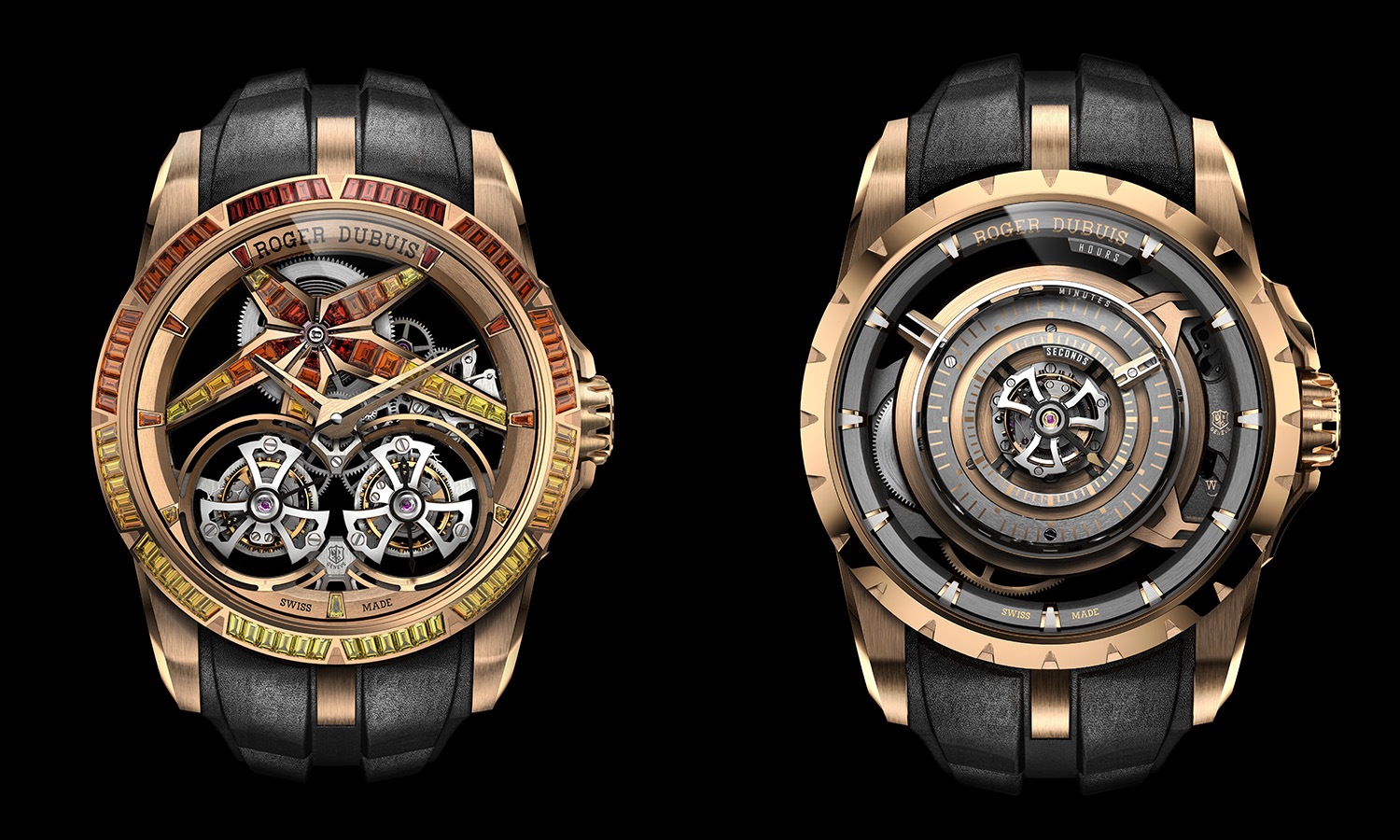
Material Innovation in Watchmaking: Carbon
Recently, the watch industry has seen a trend that involves brands experimenting with space-age materials that push the limits of modern watchmaking. From high-end composites to chunks of sapphire forged into cases, it’s a practice that doesn’t seem to be slowing down anytime soon. One of those materials is carbon and today we’re digging into a few of the latest watches that feature this material in both their movement and case architecture.

At SIHH 2017, Roger Dubuis revealed a new addition to the Excalibur line-up, the Roger Dubuis Excalibur Spider Carbon. By using T700 carbon, Roger Dubuis was able to reduce weight by 30%, which is ideal considering its 45mm case size. While the thick carbon layers are both visually attractive when observing the case construction, Roger Dubuis took the concept even further. The watch also features bridges, a movement plate, and a tourbillon upper cage made out of carbon as well. The result is a watch that pushes beyond gimmicks and stretches past what you’d usually expect out of carbon materials.

Another carbon king featured at SIHH is the Panerai Luminor 1950 Carbotech 3 Days. Not only does the incorporation of carbon work aesthetically, it also contributes to the movement’s longevity. Aside from the use of carbon nanotubes, which absorb light to deliver a deep, black contrast, we find that carbon plays a much bigger role here. The use of carbon based ceramic and tantalum virtually eliminates the need for traditional lubricants and jewels in the movement. The result? A watch with a movement that won’t have to be serviced for 50 years.

There’s no way to dance around it—this was the big, bad boy at SIHH this year. Weighing in at just 40 grams (with a price close to $25,000 per gram) the RM 50-03 McLaren F1 split second chronograph takes carbon to the extreme. Along with the use of grade 5 titanium, Richard Mille decided on TPT carbon for the movement bridges and baseplate. This results in extremely light weight when paired with the fabric strap and a case made from graphene-containing resin incorporated into layers of carbon fiber.
So even if carbon isn’t exactly your preference, it’s pretty evident that we’re going to keep seeing more of it. But really, it’s hard to complain. This kind of material exploration is an indication of brands that are still interested in tapping into new territory rather than just riding on tradition. It’s what keeps manufacturing interesting and a good sign that companies are continuing to look forward and into the future.
 SIGN UP
SIGN UP










